
The Safest Seafood Options on the Market

Chicken and steak are probably staples in your diet. But sometimes you crave a different protein source, and seafood just might be the best choice (just don't microwave it at work).
Fish, shellfish, and other aquatic creatures should definitely in your fridge and freezer on a regular basis-most varieties are filled with muscle-building protein, macro and micro nutrients, and vitamins and minerals. Federal health guidelines regularly recommend adults eat at least half a pound of seafood per week.
However, people often have concerns about seafood, and rightfully so. Certain brands and species have high mercury levels, which in high doses could lead to numbness, memory problems, deperession, and more. Not to mention that pesticides, diseases, and an abundance of plastic in our oceans have polluted millions of fish throughout the world, making certain ones unsafe for human consumption.
Luckily, seafoodwatch.org, created by the Monterey Bay Aquarium, keeps track of the healthiest varieties of seafood available to consumers. The group's guidelines for seafood safety are largely recognized as the industry standard.
Here, we'll break down some of their recommendations for the best seafood options on the market, and the best and worst sources for them.

Why Seafood Should Be a Diet Staple
You might want to consider eating more fish for its long-term health benefits.
Read article1 of 5
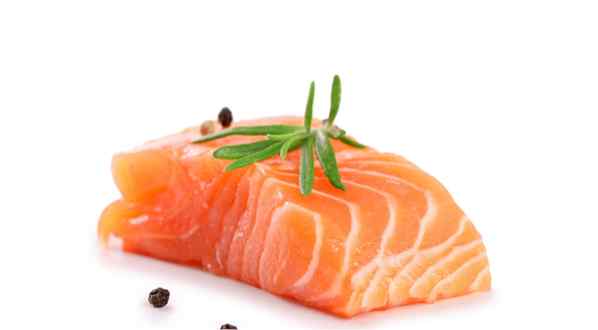
guy42 / Shutterstock
Salmon
This bodybuilding classic packs in 40g of protein per 200g filet, and it has minimal mercury levels, according to the FDA.
Best Choices: Atlantic salmon farmed in indoor recirculating tanks, or the Nordic Blu brand produced by the Salten Aqua Group in Norway. These tanks have fewer diseases circulating among them, making for healthier fish.
Worst Choices: Atlantic salmon raised in Canada near the Atlantic Ocean, Norway (excluding Blue Circle Foods and Nordic Blu brands), and Scotland. According to Seafood Watch, there is an overuse of chemicals in all these environments.
2 of 5
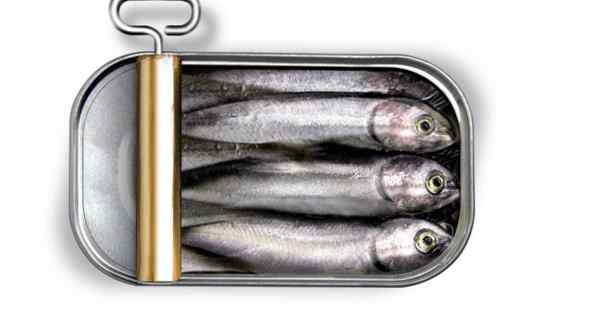
PERLA BERANT WILDER / Shutterstock
Sardines
One of the first foods to be canned, sardines are cheap and have 23 grams of protein per 3.75-oz can. They also have one of the lowest mercury levels among all seafood, with most brands not having any detectable levels.
Best Choices: Seafoodwatch.org recommends one variety-Atlantic Herring sardines caught in the northwest Atlantic Ocean near the US. These fish have healthy habitats.
Worst Choices: Avoid Brazilian, Pacific, and European-caught sardines. The main reason? There's a lack of sardines in these areas already, which affects the bio-habitats of the waters where they're caught. There's no health reason to avoid them, though.
3 of 5
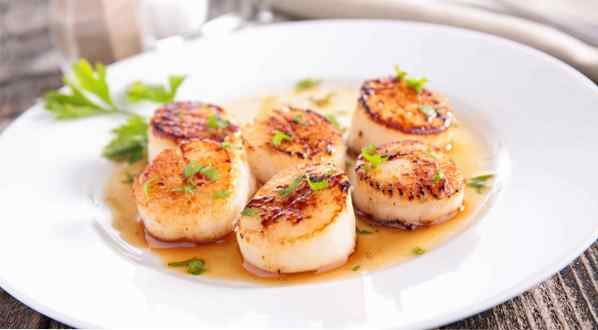
margouillat photo / Shutterstock
Scallops
Scallops are expensive, but they're worth it every now and then just for the flavor alone. They have the lowest mercury levels of any commercial seafood product, and every three ounces packs 20 grams of proteins in less than 100 calories.
Best Choices: You have many options when it comes to scallops, including Atlantic Calico, Common Japanese, Icelandic, Peruvian, and the list goes on.
Worst Choices: Currently, Seafoodwatch.org doesn't list any type of scallop on its “avoid” list, so enjoy away.
4 of 5
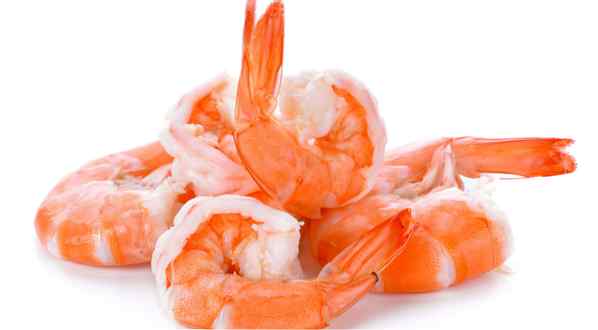
NIPAPORN PANYACHAROEN / Shutterstock
Shrimp
Everyone's favorite shellfish. For every 100g of the stuff, you get 24g of protein and only 99 calories and minimal mercury.
Best Choices: Your best bet are giant freshwater prawns farmed in indoor recirculating tanks, which are free of disease and chemicals. Others include giant tiger prawns and Northern Canadian shrimp.
Worst Choices: Argentine red, blue shrimp, and giant tiger prawns caught in ponds. These habitats are prone to overfishing, and sometimes have chemicals you want to steer clear of.
5 of 5
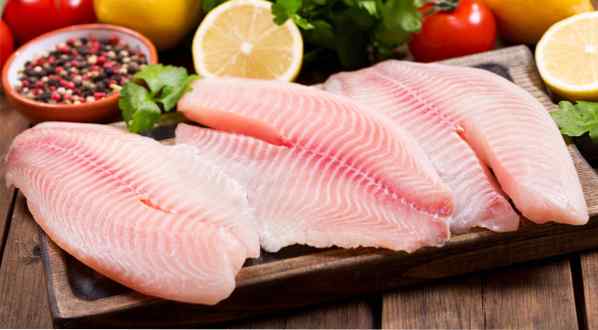
Nitr / Shutterstock
Tilapia
There's 26g of protein in 3.5 oz. of tiialpia and only 128 calories, so it's a great choice for anyone looking to lose some weight. It has a moderate amount of mercury, but not high enough that you can't eat it two to three times per week.
Best Choices: Your best bet is Mozambique tilapia raised in indoor recirculating tanks, or Red Nile Hybrid tilapia from Ecuador.
Worst Choices: Avoid any tilapia from China, as there's evidence that illegal antibiotics have been found in the fish.



Nimeni nu a comentat acest articol încă.